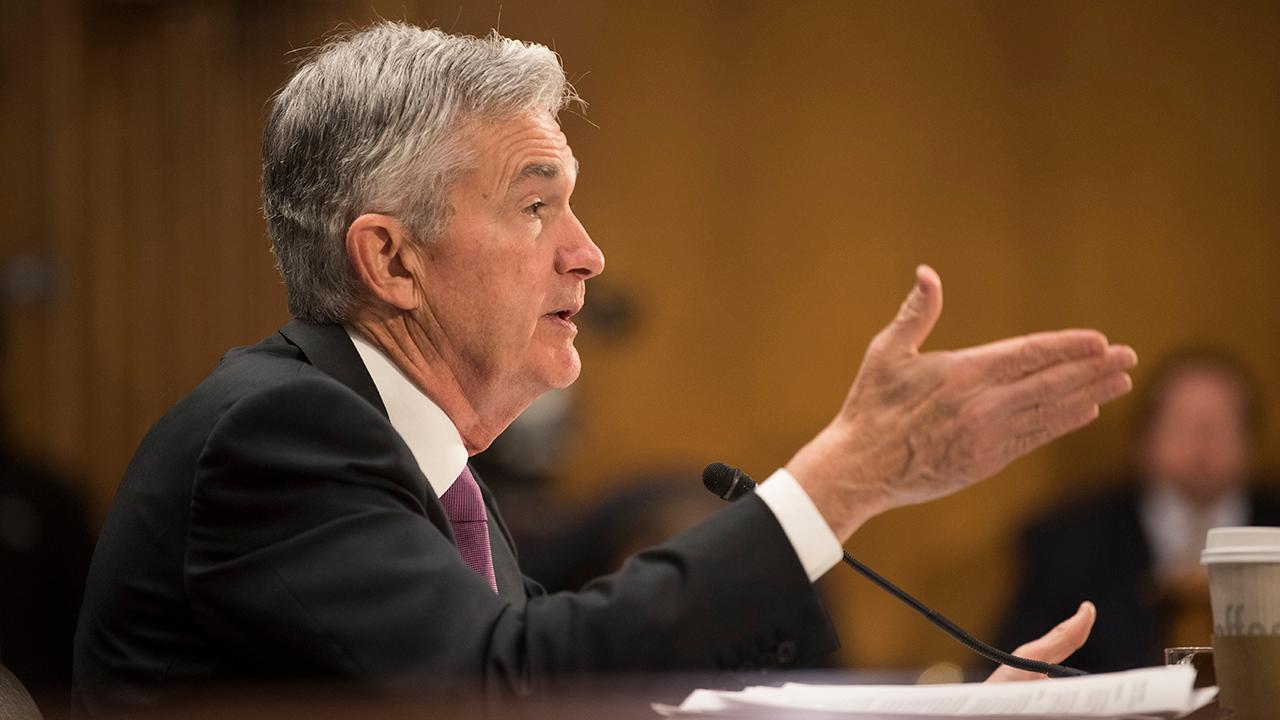US job cut announcements surge 117% in February, study shows
While many experts and investors are eagerly awaiting data on status of the labor market to be released by the government on Friday, a new report shows U.S. employers cut more jobs last month than they have in the past 3.5 years.
Even though it is the shortest month of the year, U.S. employers announced plans to cut 76,835 jobs last month, according to a report from Challenger, Gray & Christmas. That’s a 117 percent year-over-year increase, and a 45 percent increase over January’s numbers.
In fact it is the highest since July 2015, when 105,696 cuts were recorded — largely driven by the U.S. Army’s decision to eliminate 50,000 jobs as oil prices dropped.
“Job cuts have been trending upward since the last half of 2018. We continue to see companies respond to shifting consumer behavior, new technology, as well as trade and market uncertainty through workforce restructuring,” Andrew Challenger, vice president of the Chicago-based consultancy, said in a statement.
The retail sector had the most planned job cuts, with 41,201 so far this year – the highest January-February total since 2009. The industrial goods sector – including some manufacturers – followed with nearly 32,000 cuts announced during the same time period.
The primary reasons employers cited for eliminating positions were restructuring and bankruptcy.
CLICK HERE TO GET THE FOX BUSINESS APP
Meanwhile, on a positive note for the labor market, the number of Americans filing for unemployment benefits unexpectedly fell by 3,000 last week to 223,000, as reported by the Labor Department on Thursday.
The Department of Labor will release the February jobs report on Friday, where expectations are that the economy added 180,000 last month. Last month’s report showed January added a much larger-than-expected 304,000 nonfarm payroll positions.
Federal Reserve chair Jerome Powell continues to maintain that the U.S. economy is strong, though the central bank has said it will take a “patient” approach with respect to its interest rate normalization policies as it warns against some emerging headwinds.




















